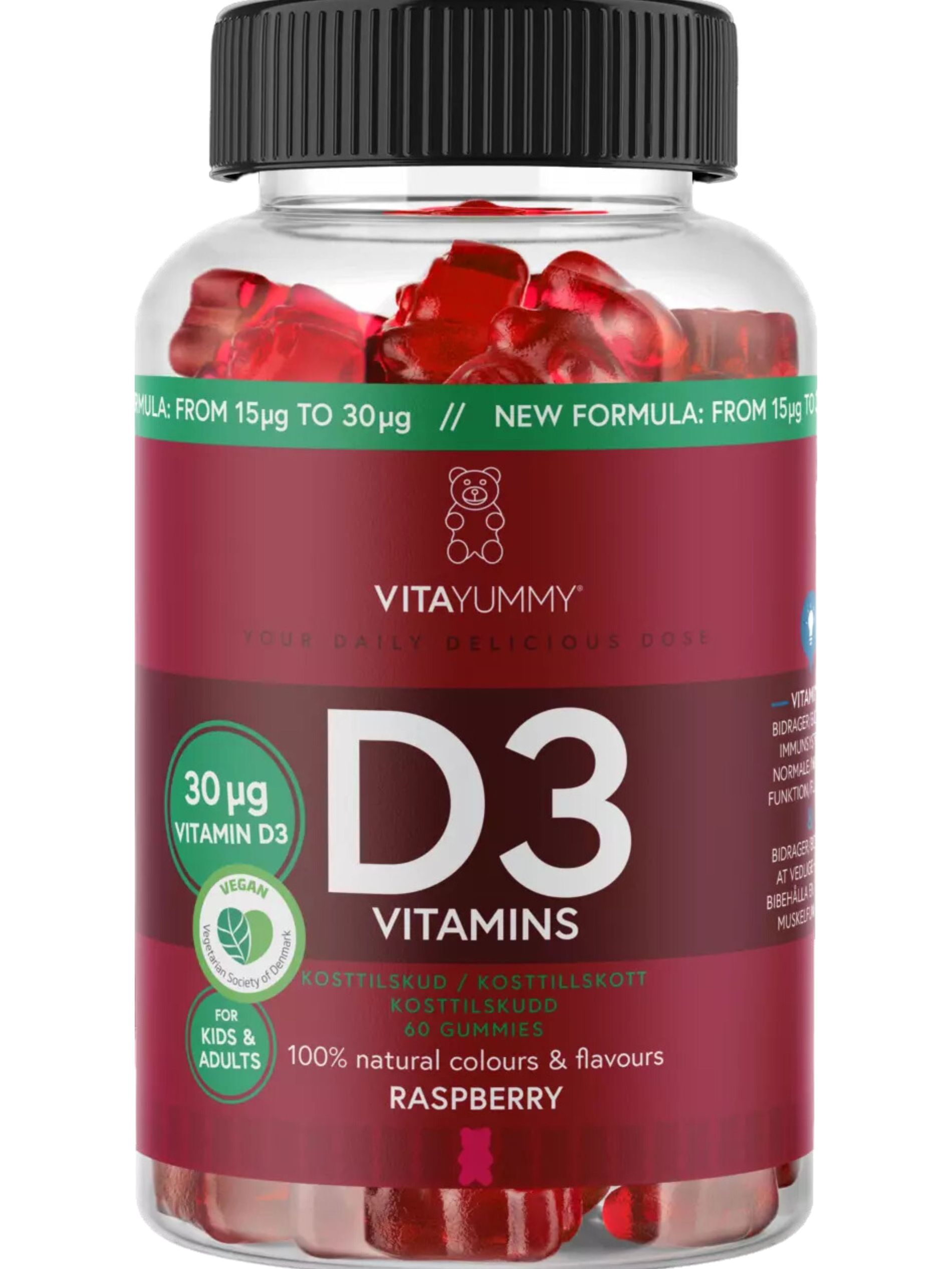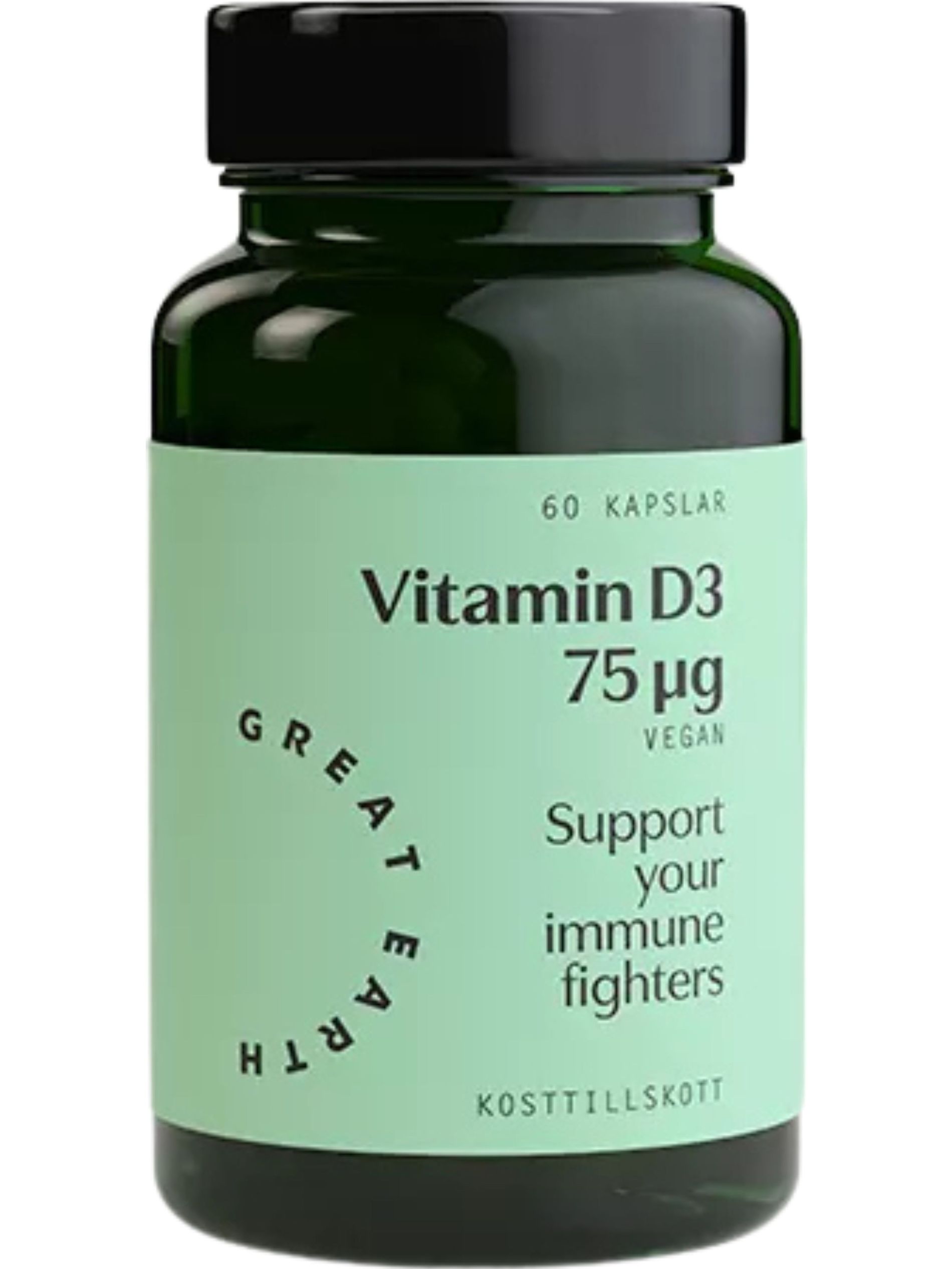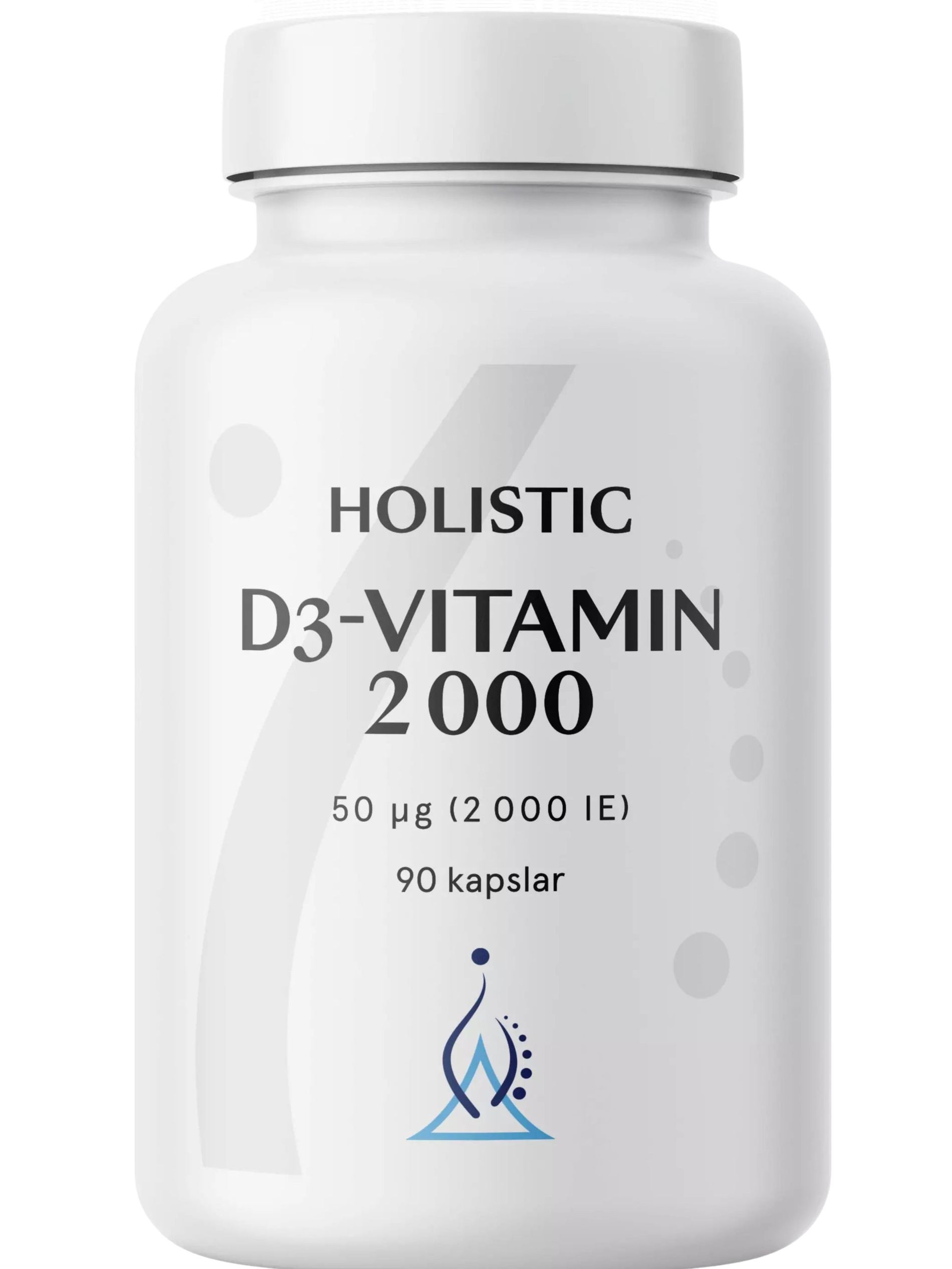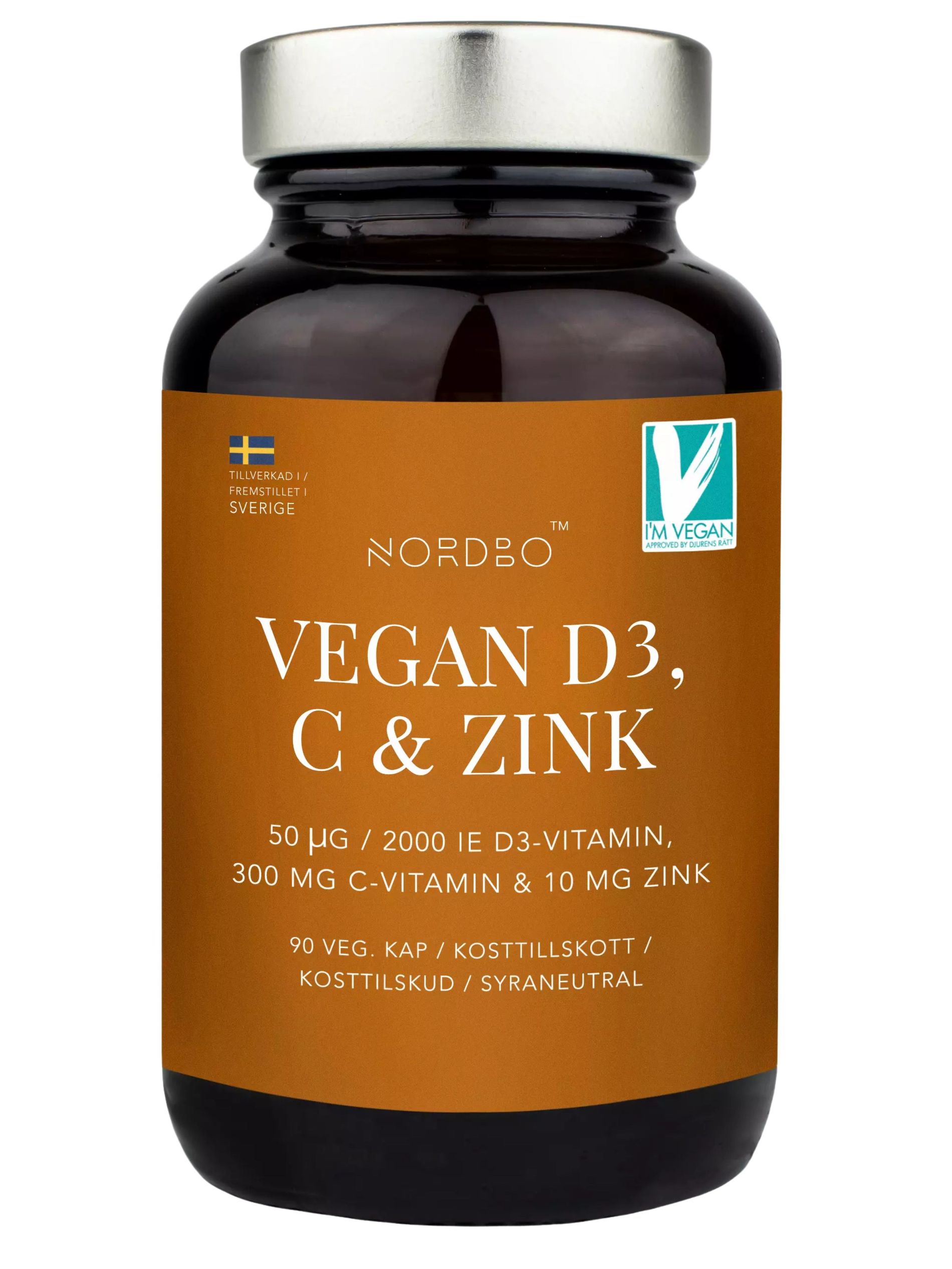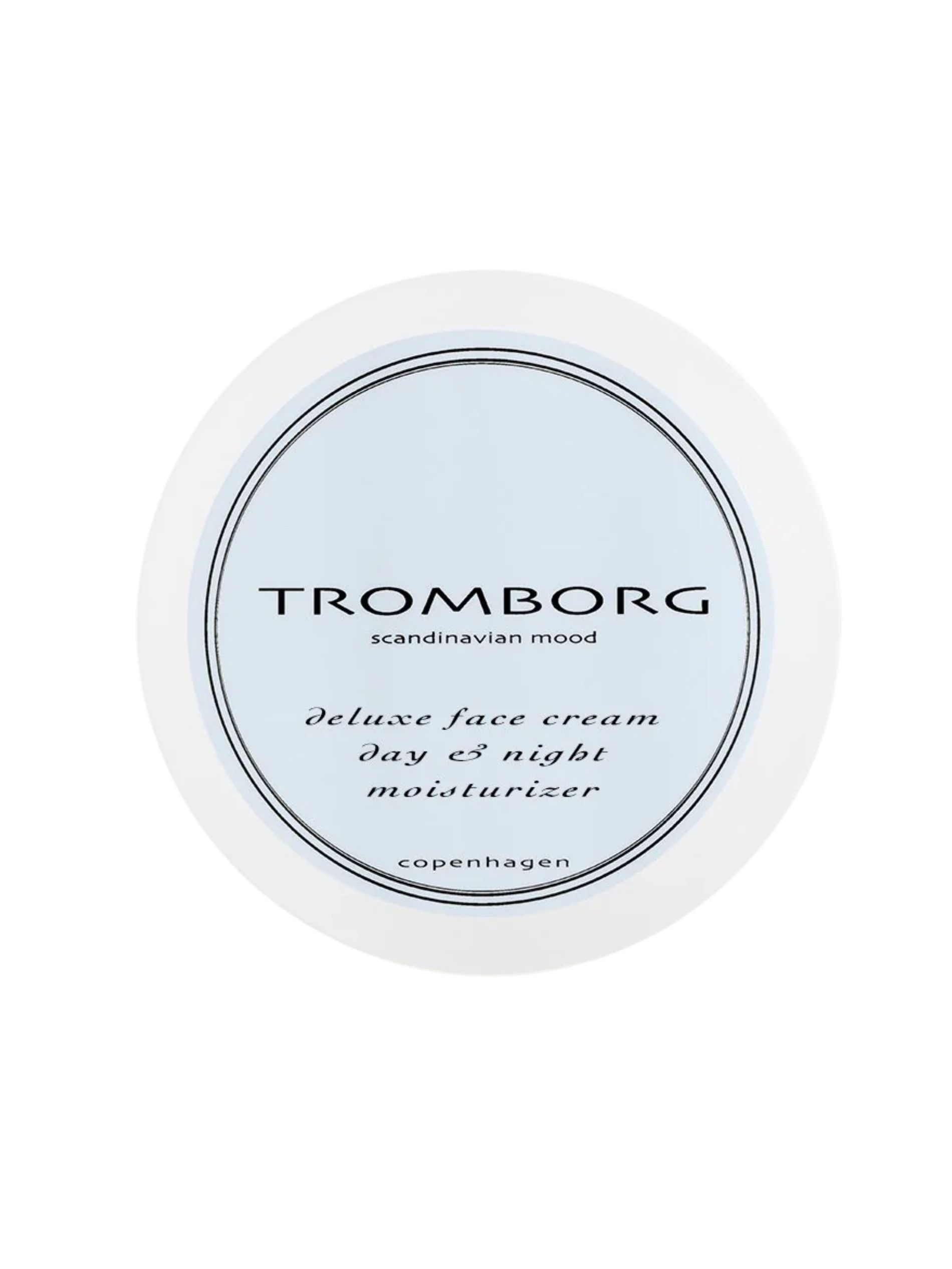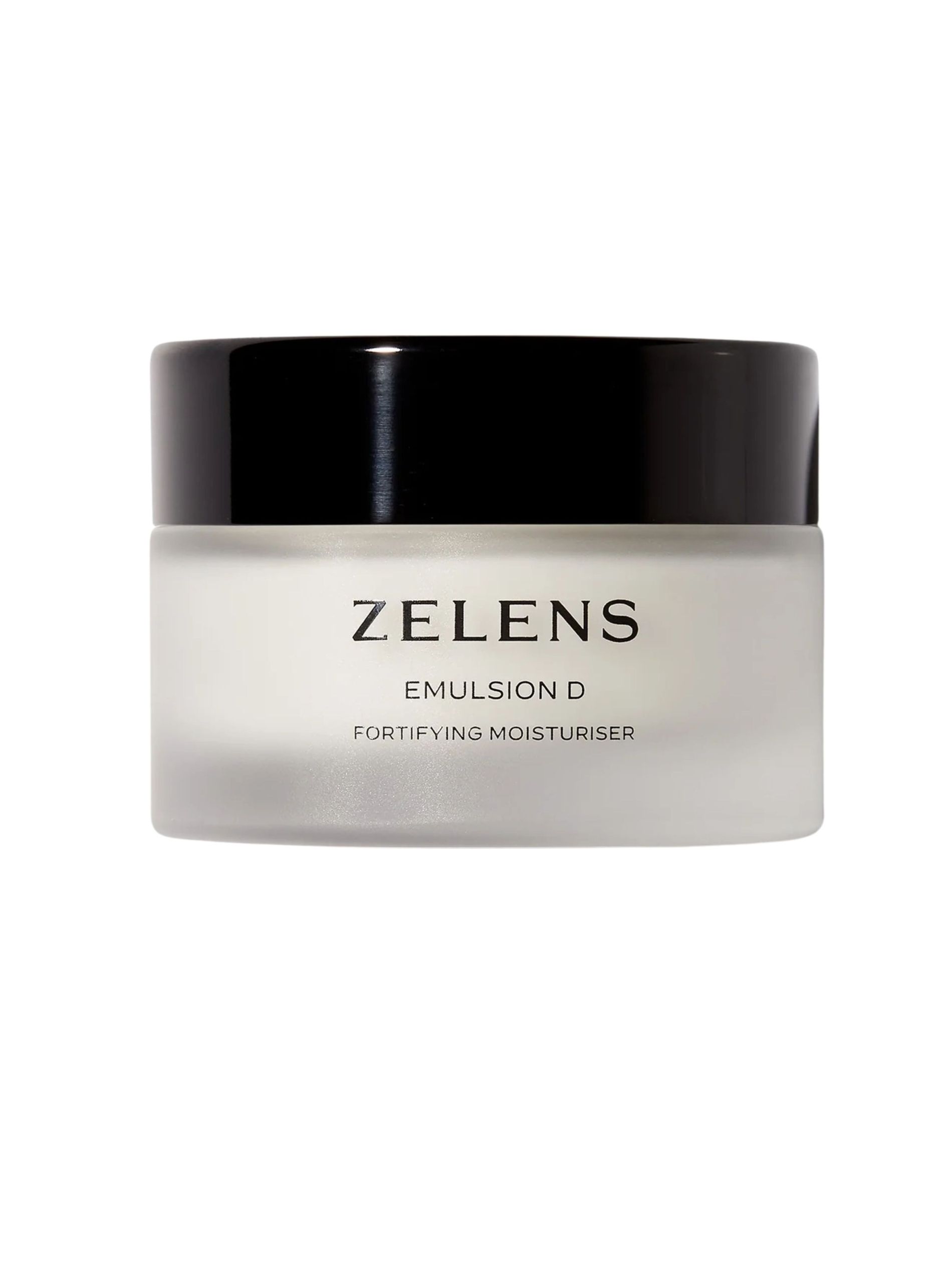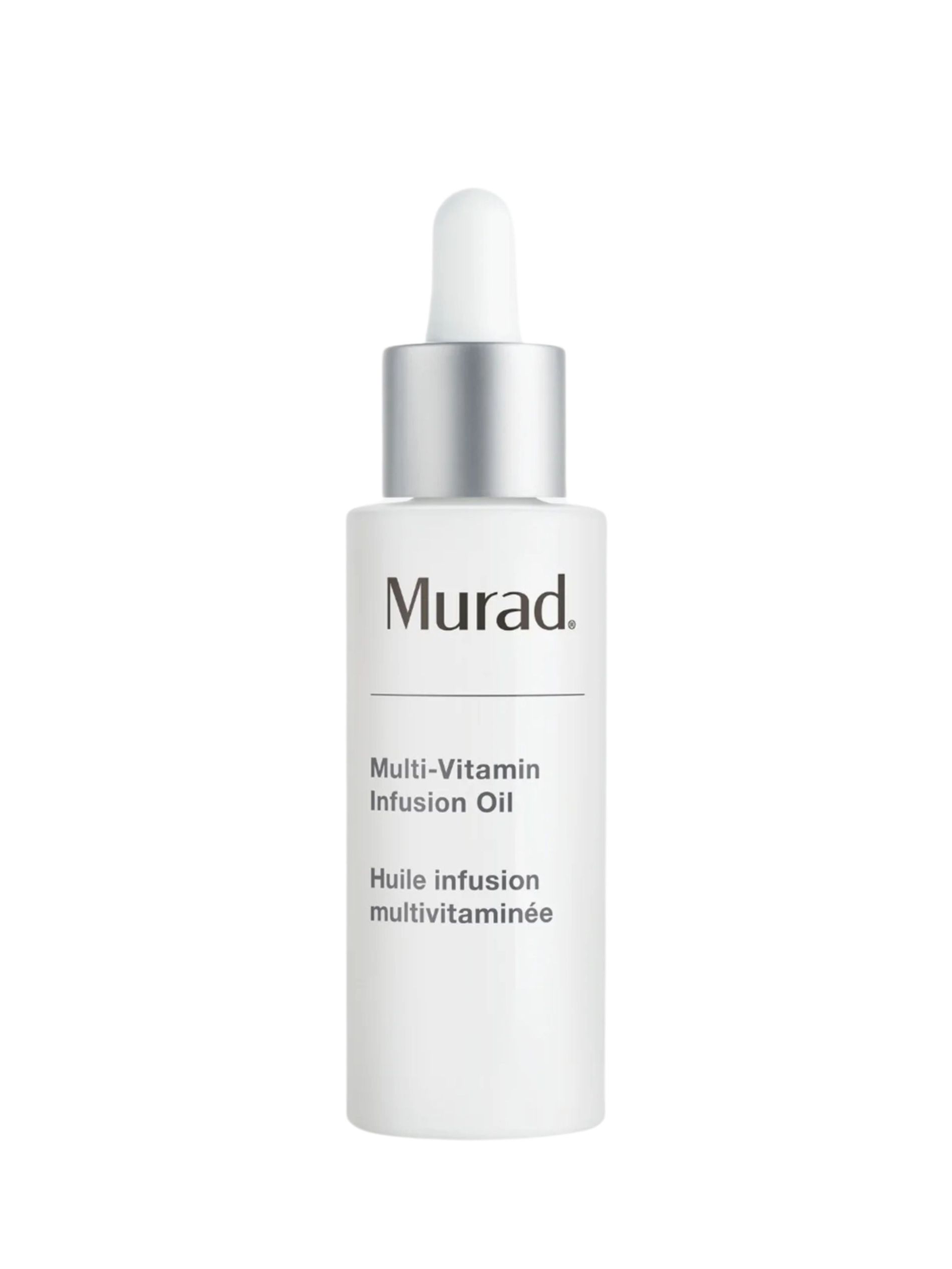Winter’s shorter days can do a number on our mood, our skin, and even our hair. Enter vitamin D. Often called the “sunshine vitamin” (and for good reason), vitamin D underpins everything from bone strength to hair follicle health – so consider it a crucial top-up. Below is what you need to know, straight from the experts
All products featured on Vogue are independently selected by our editors. However, when you buy something through our retail links, we may earn an affiliate commission.
Why Vitamin D matters (Especially in Nordic winters)
Anyone who has spent a January above the Arctic Circle knows how grim those sun-starved days can be. Take Reykjavik, where night can last up to 20 hours, for example. It’s hardly surprising, then, that one study out of Sahlgrenska University Hospital in Gothenburg found nearly half of the Swedish population may lack adequate vitamin D during winter.
As clinical nutritionist Christina Santini explains, “vitamin D is a fat-soluble steroid hormone that we produce through exposure to sunlight.” In short, when UVB rays meet a skin protein called 7-DHC, it converts into vitamin D3—the active form of vitamin D. Less sun, less vitamin D production.
Do we really need Vitamin D supplements?
While the sun is an obvious source, Santini and other experts caution you shouldn’t risk sunburn or hop onto a sunbed just to boost your levels. Worse yet, many people assume sunscreen blocks vitamin D production. “There is no evidence that wearing sunscreen stops the synthesis of vitamin D,” Santini says. Instead, she recommends a daily supplement, particularly for those living in the Northern hemisphere. “It’s advisable to supplement with 1500 IU vitamin D3 from September to May.” Foods like fatty fish, egg yolks, and fortified dairy products also provide a dietary boost.
What Vitamin D does for your body and mind
You’ve probably heard about vitamin D’s biggest hits: it supports bone density, bolsters immune function, and even helps regulate insulin sensitivity, crucial for maintaining a healthy weight. “It builds strong bones, boosts the immune system, and increases insulin sensitivity, which is essential for fat burning,” says Icelandic wellness guru Thorbjörg Hafsteinsdottir, nutritional therapist and best-selling author of 10 Years Younger in 10 Weeks.
Low vitamin D has also been linked to depression and anxiety. In dim, cold winters, it’s all too easy to slide into low mood, so ensuring your vitamin D levels are robust could help keep your spirits up.
The surprising skin and hair benefits of Vitamin D
Vitamin D isn’t just for skeletons and immune cells. It’s something of a multi-tasker for the skin, acting as an antioxidant to protect your skin’s lipids (natural fats) from everyday stressors. “Vitamin D benefits cell growth and repair, as well as helping the skin’s immune system destroy free radicals,” says Hafsteinsdottir.
Research also shows that vitamin D helps maintain a strong, healthy barrier and can calm inflammation — particularly relevant if you’re wrestling with acne, eczema, or rosacea. “There is a link between a lack of vitamin D and dry skin disorders,” adds Santini, which is why prescription vitamin D creams are sometimes used to manage psoriasis.
Another plus? It seems to play a role in keeping your hair on your head. Both Santini and Hafsteinsdottir note that vitamin D helps stimulate hair follicles, potentially preventing hair loss. A study published in Dermatology and Therapy backed this up, linking low vitamin D levels to stress-related shedding.

Photo: Olof Grind
Vitamin D vs. Vitamin D3: Is there a difference?
In a word, yes — though they’re closely related. Vitamin D2 (ergocalciferol) is found in some plant sources and fortified foods, while vitamin D3 (cholecalciferol) is produced in your skin or consumed from animal-based foods. Studies suggest that vitamin D3 may be more efficient at raising overall vitamin D levels in the bloodstream, which is why most supplements feature the D3 form.
How long does it take for Vitamin D to work?
The timeline varies, but most people start noticing benefits (such as improved energy levels or mood) within a few weeks of regular supplementation. If you’re severely deficient, it might take a bit longer to replenish your stores. The key, say experts, is consistency. Stick to a daily dose and follow up with your healthcare provider if you suspect a deficiency.
When and how to take Vitamin D
As for timing, there’s no complicated schedule. Many experts suggest taking vitamin D with a meal containing healthy fats to boost absorption. Some prefer morning (to align with your circadian rhythm), while others take it at lunchtime or dinner. The main thing is to make it routine so you don’t forget.
What are the signs of Vitamin D deficiency?
Wondering if you’re running on empty? Here are some telltale signs to keep in mind:
- Persistent fatigue or low energy
- Achy bones and joints
- Muscle weakness or cramps
- Feeling down or anxious more often than usual
- Frequent colds or infections
A simple blood test can confirm a deficiency. If you’re low, work with a healthcare provider to establish the right dosage and track improvements over time.
The best Vitamin D supplements (according to experts)
Santini repeats that “it’s advisable for people living in the Northern hemisphere to supplement with 1500 IU vitamin D3 from September to May,” though specific needs can vary. Here are a few go-to picks, known for their reliability and quality manufacturing:
Vitamin D3 supplements
Skincare products powered by vitamin D
Oral supplements may do a lot of heavy lifting for your overall health, but topical products give your skin direct access to vitamin D’s antioxidant and soothing benefits. “Vitamin D won’t magically cure skin and hair conditions overnight, but it is an important piece of the puzzle we need to get right,” says Santini. The general consensus: you need it inside and out to see the most meaningful benefits. So consider these skincare products for a sunshine boost:

